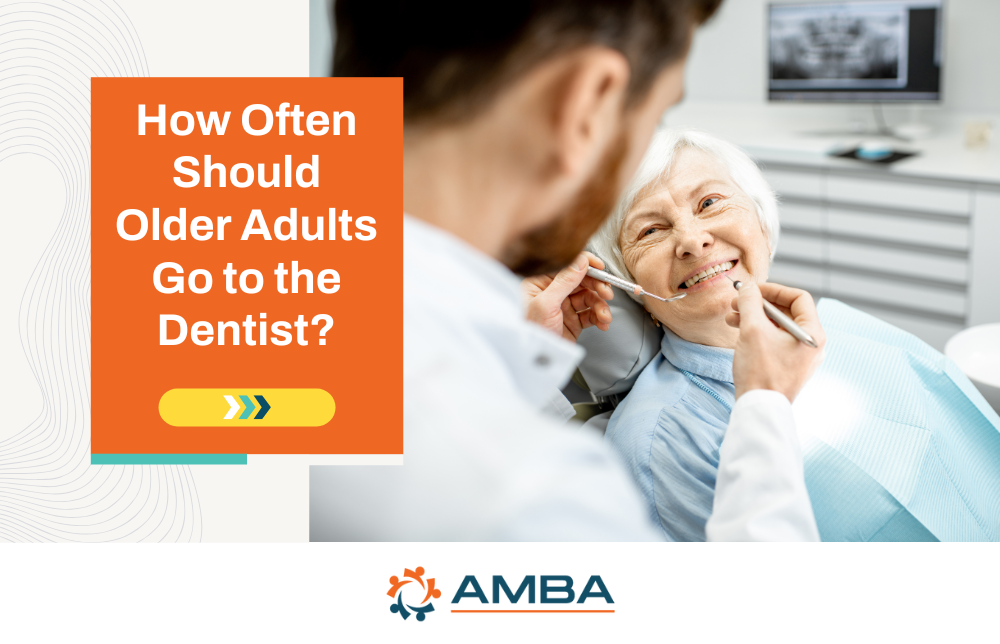
How to Tell the Difference Between Muscle Soreness or Injury
November 18, 2022
A little bit of muscle soreness after a workout is your body’s natural reaction to exercise. In fact, a little bit of inflammation is part of how the body signals that it’s going to rebuild. Especially when you’re new to working out – even if the exercise is gentle yoga or moderate-paced walking – little tears in the muscles are how they grow back bigger and stronger.
But pain is a different matter entirely. It’s important not to ignore your body when it’s signaling pain. It can be a sign of injury and your body’s way of warning you to take a break and let it heal.
How can you tell the difference between muscle soreness or injury? Here are the signs that could distinguish the two and what to do about it.
Stiffness vs Swelling
It’s normal to have some stiffness around a muscle you worked out. But swelling around a joint after a workout is a red flag. Any stiffness around joints in the knees, hips, ankles, or lower back is also concerning.
If joint or muscle stiffness is impairing your ability to walk, you should get in touch with your doctor.
Speed of Discomfort
Soreness usually occurs one or two days after the workout. On the other hand, injuries are much more immediate. The pain from injury usually occurs during the workout or directly afterward. Examples where you feel immediate pain include making a misstep while running or overexerting your shoulder while lifting weights.
Regardless of how much you warm up or stretch, an injury won’t get less painful. For example, doing forward bends is not going to heal a pulled hamstring faster. In fact, the injury will probably feel worse as you warm up and will continue to do so if you try to work out.
For Minor Injuries
If you notice a mild injury, the typical recommendation is the RICE method:
- Rest Take some time off from working out or causing any stress to the area. Let your body heal rather than exasperate the injury.
- Ice Put an ice pack or bag of frozen vegetables on the injured area, especially in the first 24 to 48 hours after the injury has
- Compression
- Elevation Keep the injured area higher than chest level. For example, put a pillow or two beneath an injured knee.
This technique is most helpful within two days of an injury, particularly if there is swelling.
If the injury is more than 48 hours or the RICE method hasn’t alleviated the pain when you work out, you may need to see a doctor. The RICE method is still helpful, but you can couple it with additional treatment from your doctor or a sports performance center.
To Prevent Injury
Don’t forget about the importance of a good warmup and cooldown when exercising. Both decrease the risk of muscle soreness or injury after exercise. A warmup prepares your body for a workout, while a cooldown reduces your heart rate afterward.
Taking care of your body is important. But sometimes injuries do occur. ARSEA and AMBA have a Home Healthcare policy that lets you have the recovery time your doctor recommends at the convenience at home Learn more by calling AMBA at 866-615-4063 or click to request a free Benefits Review.
Source: https://www.utphysicians.com/how-to-tell-the-difference-between-soreness-and-an-injury/
RECENT POSTS

The Top Scams to Watch Out for in 2025
In our increasingly digital world, the top scams continue to evolve, with fraudsters developing new and sophisticated ways to
Read More

There’s More Connection Between Your Vision and Heart Health Than Meets the Eye
We all remember the song “Dem Bones,” with lyrics like “The hip bone's connected to the backbone.”
Read More

Fall in Love with a World of Savings This Valentine’s with AMBA Passport
Here’s some fun trivia about Valentine’s Day: it’s believed that Geoffrey Chaucer invented
Read More

How Often Should Older Adults Go to the Dentist?
The eyes may be the gateway to your soul, but oral health is a window into overall health. When it comes to your teeth and
Read More

